With the development of rehabilitation medicine, more and more rehabilitation institutions are beginning to focus on the concept of "precision rehabilitation." The transition from traditional empirical judgment to data-driven and visualized rehabilitation assessment tools has become an industry trend. Against this background, gait analysis equipment, as an advanced technology that integrates detection, analysis, and intervention, is gradually entering the view of rehabilitation hospitals. So, is gait analysis equipment suitable for introduction in rehabilitation hospitals?
The answer is yes. Gait analysis equipment is not only suitable for introduction but also holds great practical value and forward-looking significance for rehabilitation hospitals.
Firstly, gait analysis equipment provides a scientific and intuitive assessment method. Traditional rehabilitation assessments rely more on visual observation and manual testing by doctors, which involves a certain degree of subjectivity. Gait analysis, through a high-precision sensor system, collects core data such as plantar pressure, stride length, step frequency, and swing amplitude during the patient's walking process, converting the complex gait conditions into images and curves, allowing doctors to clearly identify the problems at a glance.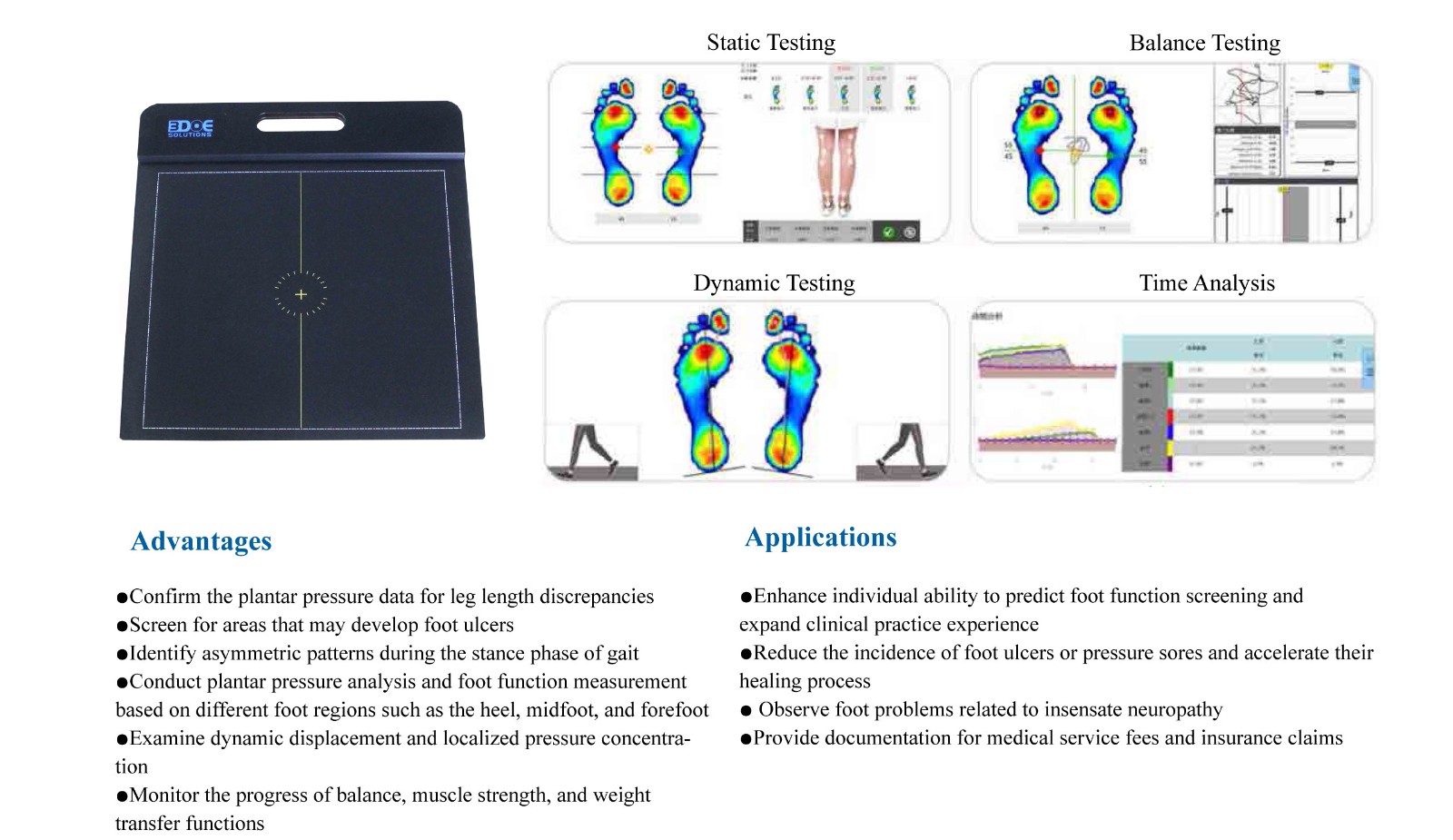
Secondly, for postoperative rehabilitation patients, gait data is an important reference for evaluating the recovery effect. Whether it is lower limb surgery, spinal surgery, or neurological rehabilitation treatment, changes in gait often best reflect the recovery of body functions. With accurate gait data, doctors can formulate more targeted rehabilitation plans—for example, whether hip joint training needs to be strengthened, whether there is unilateral weight bearing, etc.—these judgments are often easily overlooked without equipment.
Thirdly, gait analysis can establish data records for the rehabilitation process. Rehabilitation is not achieved overnight; it requires gradual adjustment and tracking. Gait analysis equipment can record each measurement result, generate visual reports, and form a complete data chain from the initial diagnosis to the completion of rehabilitation. Such digital records not only facilitate internal hospital management but also help in communicating rehabilitation progress with family members and contribute to achieving quantitative precision in rehabilitation.
At the same time, the demand for gait analysis in the field of pediatric rehabilitation is also increasing year by year. For example, in groups such as children with cerebral palsy, developmental delays, and postural abnormalities, gait characteristics show significant individual differences. With gait analysis equipment, potential abnormalities can be detected and intervened in early, even before children are able to clearly express their feelings, thus gaining precious time for their development.
In addition, modern gait analysis equipment mostly adopts modular design, occupies little space, is easy to operate, and generates results automatically. It can be integrated into the daily workflow of the hospital’s rehabilitation department without adding much extra burden. Some equipment also supports integration with the hospital's existing electronic medical record system, automatically archiving test data and improving work efficiency.
What’s more worth mentioning is that the value of gait analysis lies not only in diagnosis and assessment but also in forming a closed loop with rehabilitation training. For example, it can optimize training content through repeated measurements or guide patients to adjust their posture using feedback functions, thus realizing the rehabilitation concept of “assessment as intervention.”

 +86-0755-86131192
+86-0755-86131192 2025-06-17
2025-06-17 Back to list
Back to list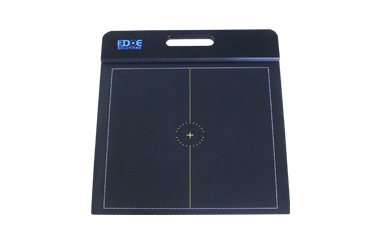
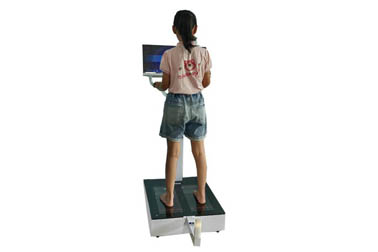
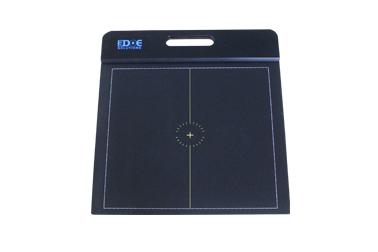
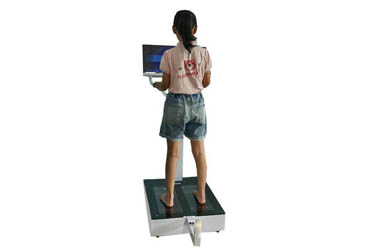
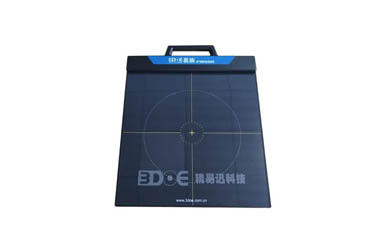
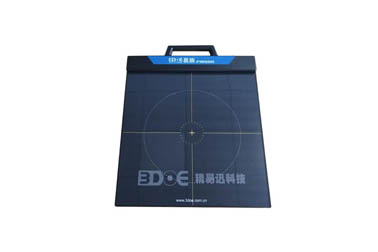



 +86-0755-86131192
+86-0755-86131192